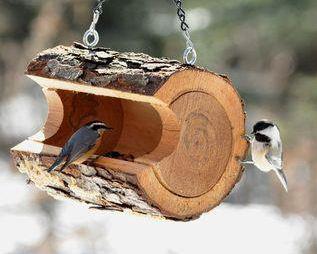Agave americana
These agave are prominent all over the Southwest and used extensively in desert landscapes and even in the middle of lawns. Their large size and fairly long life make them a striking focal point of any garden. These agave are found on the grounds of the nearby Los Encinos State Historic Park, one of the original ranchos founded by the Spanish when they settled what was then called Alta California.
Follow DouglasWelch in Instagram
Agave americana, common names century plant, maguey or American aloe,[4] is a species of flowering plant in the family Agavaceae, originally native to Mexico, Arizona and Texas but cultivated worldwide as an ornamental plant. It has become naturalized in many regions including the West Indies, parts of South America, the Mediterranean Basin, parts of Africa, India, China,Korea, Thailand, New Zealand, Australia and an assortment of oceanic islands.[5]
Despite the common name “American aloe”, it is not closely related to plants in the genus Aloe.
Although it is called the century plant, it typically lives only 10 to 30 years. It has a spread of about 4 ft (1.2 m) with gray-green leaves up to 2 ft (0.6 m) long, each with a prickly margin and a heavy spike at the tip that can pierce to the bone. When it flowers, the spike has big yellow flowers and may reach a total height of up to 25–30 ft (8–9 m) tall.
Its common name derives from its semelparous nature of flowering only once at the end of its long life. The plant dies after flowering, but produces suckers or adventitious shoots from the base, which continue its growth.[6] — Wikipedia
More information on Agave americana:
- Agave americana on Wikipedia
- Agave americana on Texas Native Plants Database
- Agave americana discussion on Dave’s Garden with particular notes on skin irritation caused by the sap of this agave
* A portion of each sale from Amazon.com directly supports our blogs
- Acanthus
- Amaryllis
- Apricot (Prunus armeniaca)
- Aspen
- Azalea
- Banana
- Bonsai
- Bougainvillea
- Brugmansia
- Butterfly (Lepidoptera)
- California Flannelbush (Fremontodendron californicum)
- California Poppy (Eschscholzia californica)
- Calla Lily (Zantedeschia aethiopica)
- Campsis radicans
- Castor Bean (Ricinus)
- Caltapa
- Chives (Allium schoenoprasum)
- Clematis
- Camellia
- Currant (Ribes)
- Dahlia
- Datura
- Japanese Cherry (Prunus serrulata)
- Daffodil (Narcissus)
- Dietes (Fortnight Lily)
- Dudleya
- Echinacea
- Ecualyptus
- Poinsettia (Euphorbia pulcherrima)
- Ficus benjamina
- Freesia
- Fungi
- Gerbera Daisy
- Grape (Vitis vinifera)
- Helianthus (sunflower)
- Hibiscus (Malvaceae)
- Honeybee
- Iris
- Jacaranda mimosifolia
- Joshua Tree (Yucca brevifolia)
- Kniphofia “Red Hot Poker”
- Lantana
- Lavender (Lavendula)
- Kousa Dogwood (Cornus kousa)
- Magnolia x soulangeana (Saucer Magnolia/Tulip Tree)
- Mandevilla
- Magnolia Grandiflora
- Marigold (Calendula officinalis)
- Matilija Poppy (Romneya)
- Morning Glory (Convolvulaceae)
- Nandina
- Oleander (Nerium)
- Olive
- Orange
- Orchid from the Southern California Spring Garden Show 2013
- Oriental Poppy (Papaver orientale)
- Polygonatum (Solomon’s Seal)
- Paperwhites
- Pineapple (Ananas comosus)
- Primula (Primrose)
- Queen Anne’s Lace (Daucus carota)
- Rosa ‘JFK’
- Rosa ‘Mikado’
- Rudbeckia
- Salvia
- Squirrel
- Star Jasmine (Trachelospermum jasminoides)
- Succulents
- California Sycamore (Platanus racemosa)
- Sweet Potato (Ipomoea batatas)
- Tomato
- Vinca
- Water Lily (Nymphaeaceae)
- Wisteria
- Zinnia






